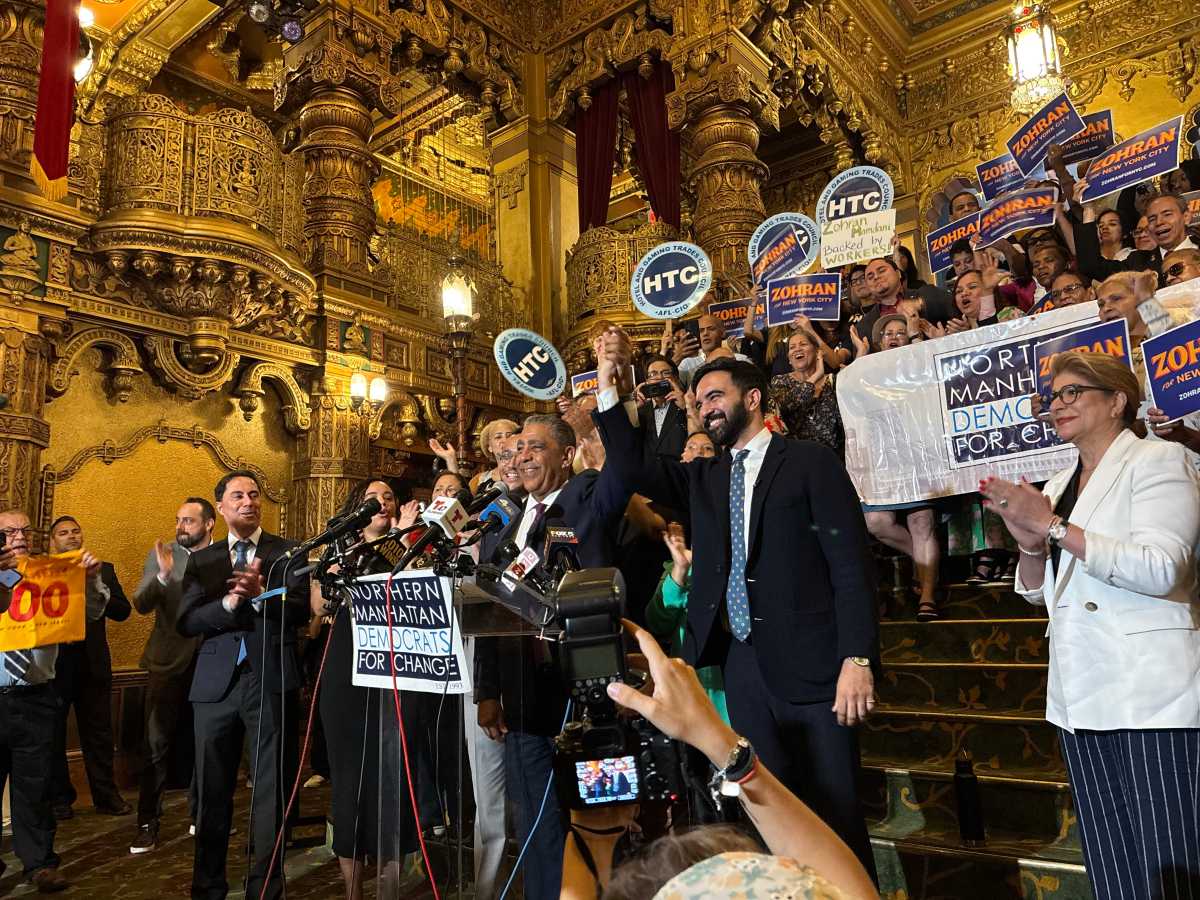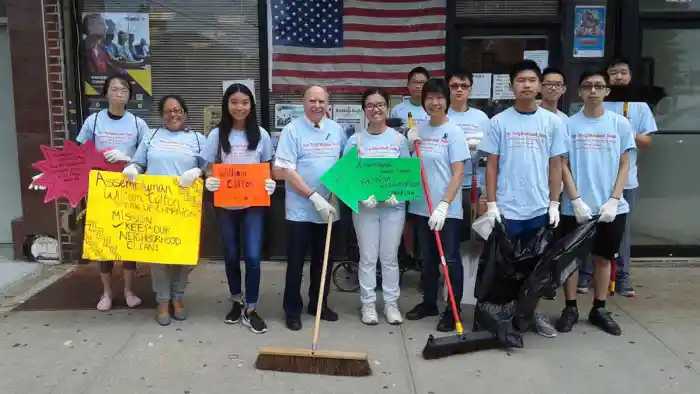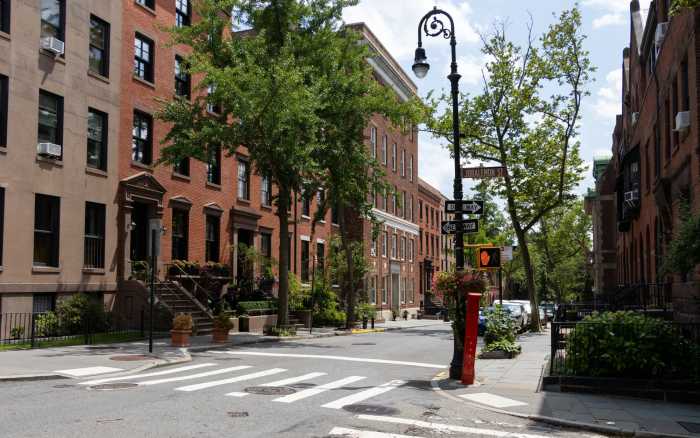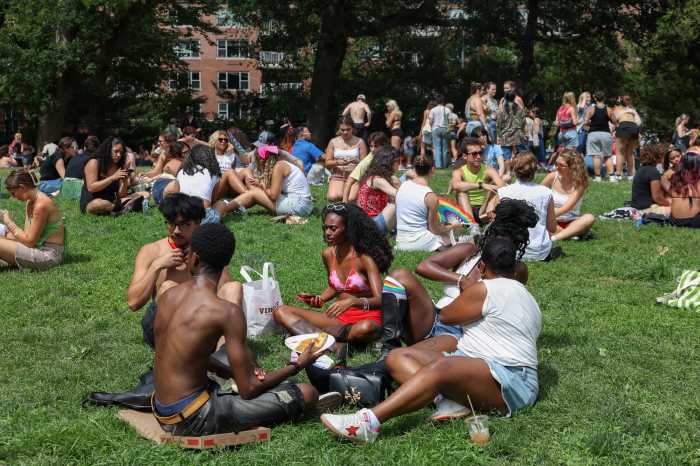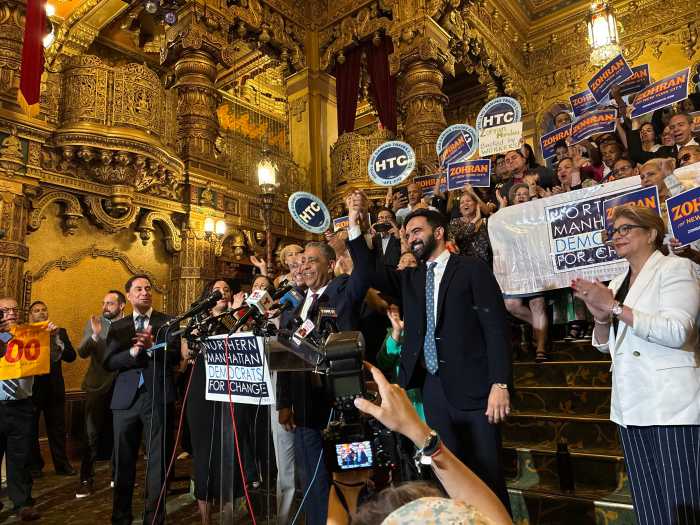The city Department of Education (DOE) will close Metropolitan Corporate Academy — and possibly eight other schools in the borough.
Prior to the nine-hour Panel for Educational Policy (PEP) meeting which sealed Metropolitan’s fate, the state Education Department announced a list of “persistently lowest achieving” schools facing closure.
They include Boys and Girls High School at 1700 Fulton Street, Automotive High School at 50 Bedford Avenue, School for Global Studies at 284 Baltic Street, Cobble Hill School of American Studies at 347 Baltic Street, Franklin D. Roosevelt High School at 5800 20th Avenue, John Dewey High School at 50 Avenue X, William E. Grady Vocational High School at 25 Brighton 4th Road, and Sheepshead Bay High School at 3000 Avenue X.
The principal of one of these schools, who requested anonymity for fear of retribution, told this paper, “I don’t think it’s justified.”
The administrator noted, “I don’t think they are judging us correctly because large schools have so many more problems” than small or charter schools.
The DOE may accept $500,000 in federal funding for each school upon implementing any of these restructuring options — replacing the principal, replacing 50 percent of the staff, turning the school over to a charter or school-management organization, or closing the school. The DOE is waiting for further guidance from the state Education Department before making decisions about the schools’ futures.
“I don’t think this is the best set of choices,” said state Assemblymember Jim Brennan. “We have to fix this situation without closing these schools.”
Brooklyn Borough President Marty Markowitz believes closure shouldn’t be an option.
“I am not in favor of keeping failing schools open, but I am in favor of giving failing schools the appropriate resources they need to succeed,” Markowitz said. “We must create public schools that reflect the needs and wishes of the community.”
When a school is closed, its struggling students wind up at nearby schools. Those schools are often eventually closed as well due to poor student performance.
“Every time you create these differential options, you create these over-concentrations of the most needy kids in the remaining schools,” Brennan explained. “So every time you do a closure like this, you set up a cascading series of difficulties for everybody else. This is not the correct approach.”
Critics of school closures say the DOE is targeting large schools with the goal of replacing them with small or charter schools.
“The city’s policy is they want small high schools. They’re looking to close every large high school we have,” said Assemblyman Alan Maisel, a former assistant principal at J.H.S. 14 in Sheepshead Bay.
Danny Kanner, a DOE spokesperson, defended the practice of closing schools considered underperforming.
“The Department of Education is committed to creating high quality educational options for all students, and have been remarkably successful in doing so,” Kanner said. “Since 2003, the city has phased out 91 schools and created 335 new schools. High schools citywide, on average, graduate 60 percent of their students, while our new, small high schools graduate 75 percent of their students. When we know we can do better for our students, we must, especially when these high schools are graduating less than one in two of their students. That simply does not meet any standard of success.”
City Councilman Lew Fidler, a member of the Council’s Education Committee, challenged, “There is no evidence that students are better served by closing the large high schools and breaking them down into small schools.”


